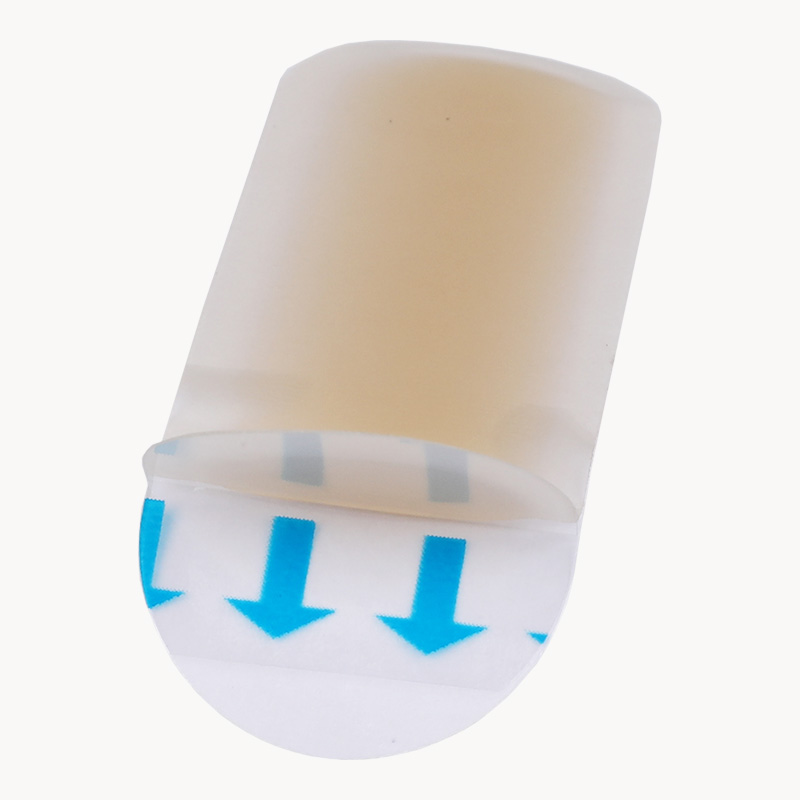Hydrocolloid dressing is an elastomer dressing composed of medical pressure-sensitive adhesive and hydrophilic colloid particles. Many friends want to know, in the end, what are the functions and contraindications of hydrocolloid dressings?
Hydrocolloid dressing is a new type of medical sterile dressing, which is mainly composed of viscous material, hydrophilic hydrocolloid (CMC) and artificial elastomer.
1. Treatment of various types of low to moderate exudative wounds
2. For the prevention and treatment of venous leg ulcers
3. For the prevention and treatment of stage I-II bedsores
4. For the treatment of small area superficial burns
5. Treat postoperative wounds
6. For the wound in the donor area
7. Treat all kinds of superficial trauma and plastic and cosmetic wounds
8. For granulation and epithelialization of chronic wounds
Contraindications to hydrocolloid dressings
1. Hydrocolloid dressings are not recommended for wounds with severe infection, exposed bone and tendon, and excessive exudate;
2. The hydrocolloid dressing forms a gel after contacting the wound exudate. When the dressing is opened, the wound can see a similar purulent substance, accompanied by a special smell. Sometimes the appearance can be seen with color change and swelling. This is the material of the dressing itself and the exudate. Substances and odors formed by the breakdown of proteins;
3. It cannot be used for superficial to full-thickness wounds, wounds with moderate to large amounts of exudate
4. For wounds with excessive growth of granulation tissue and a large amount of exudate, foam dressings can be selected to use its strong exudate absorption capacity to keep the local area moist and clean, and elastic bandages are used to inhibit the proliferation of granulation tissue;
5. Keep the wound moist and the surrounding skin dry to avoid affecting the repair of the wound due to excessively frequent dressing changes

